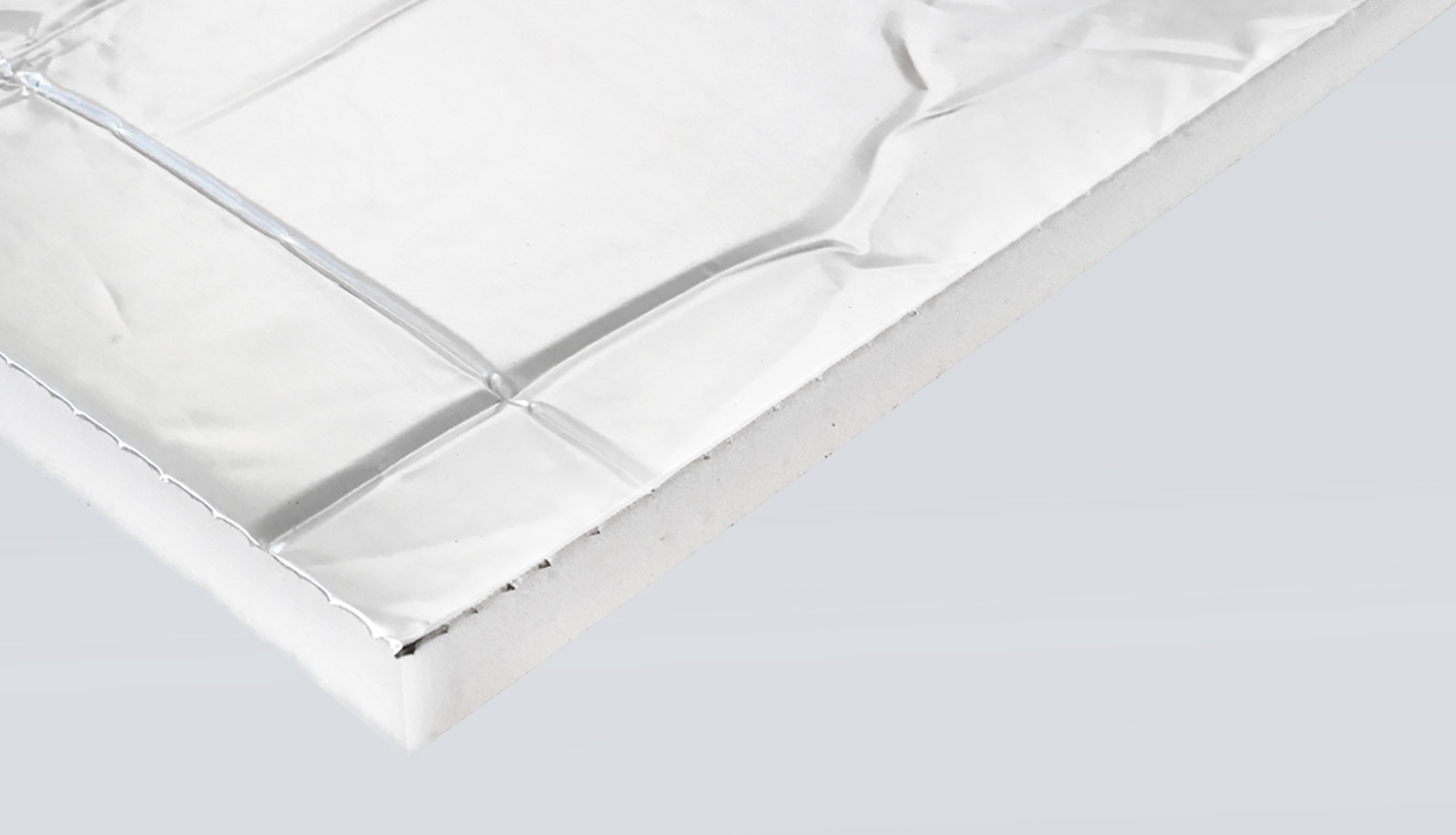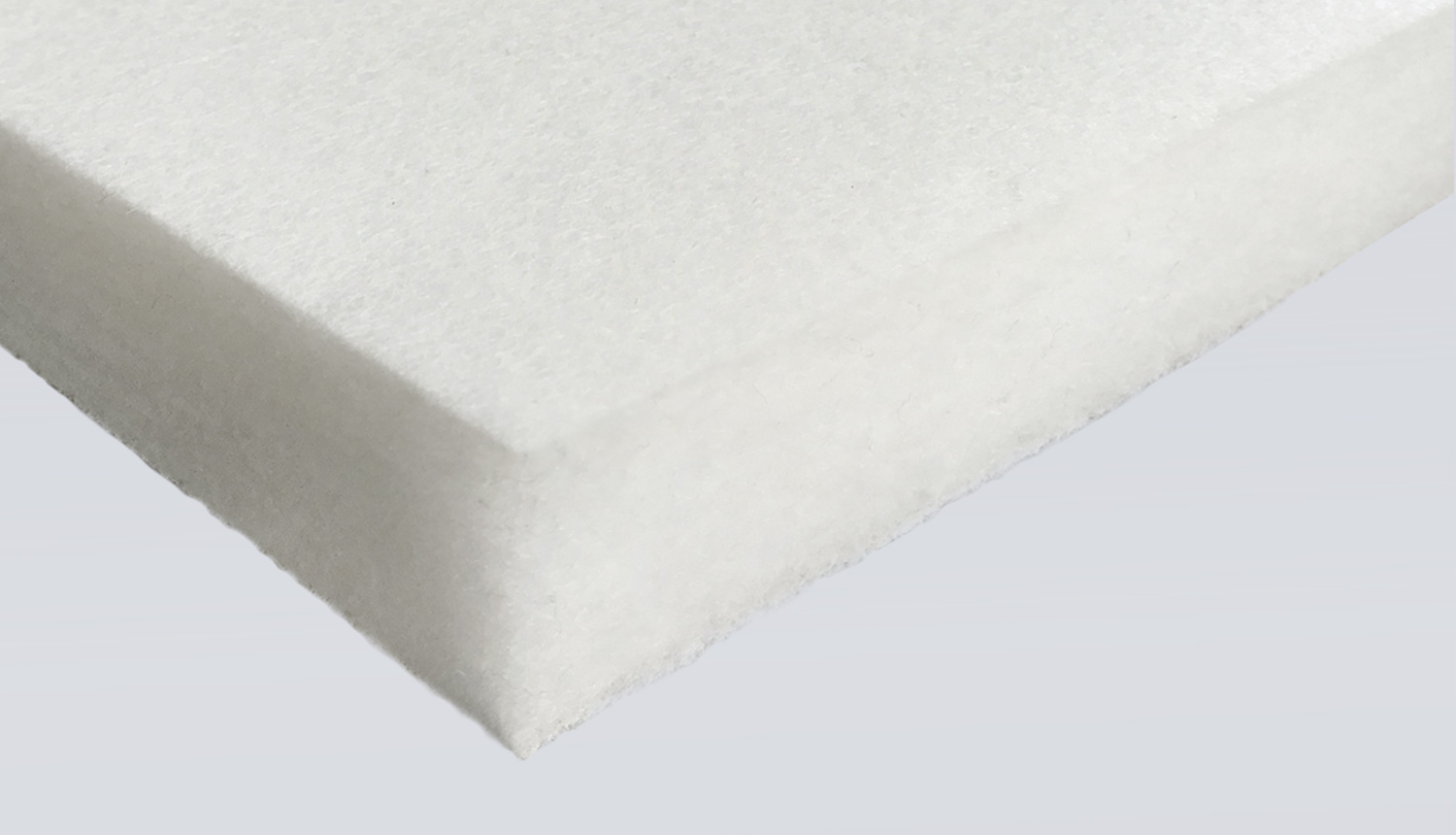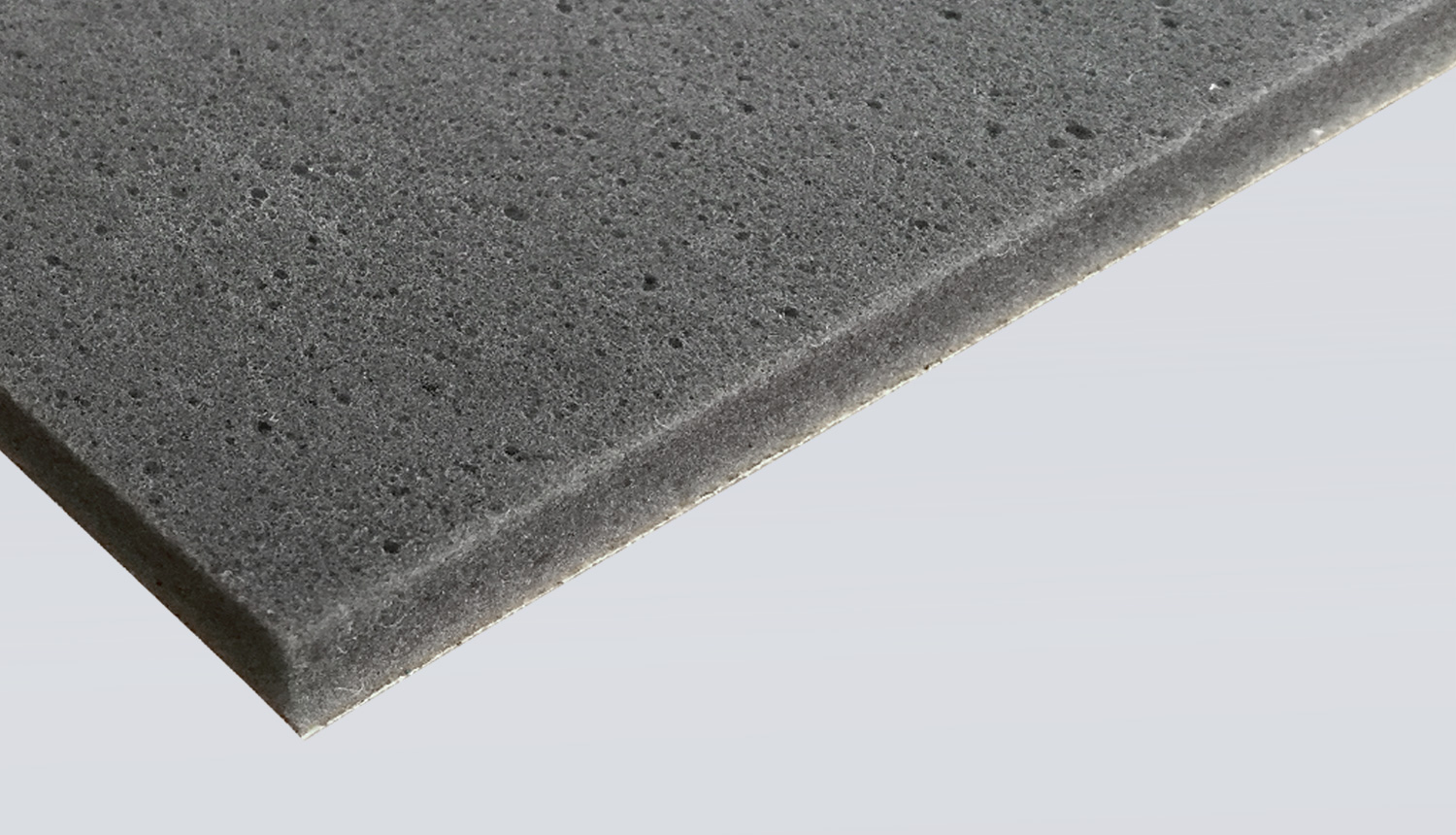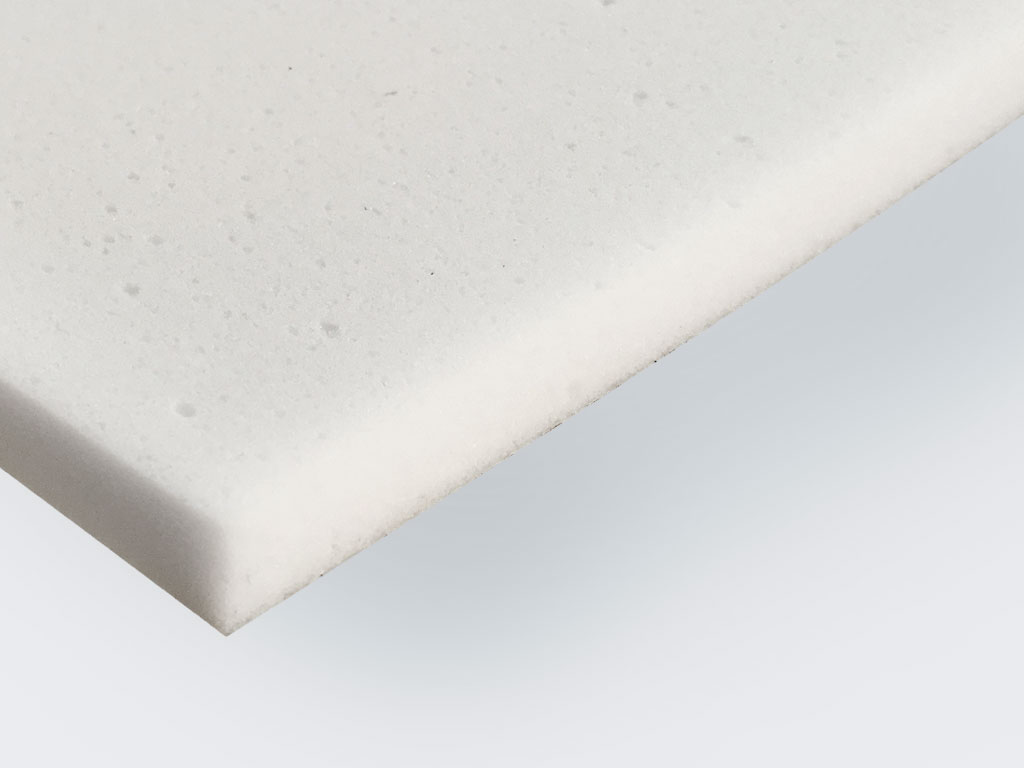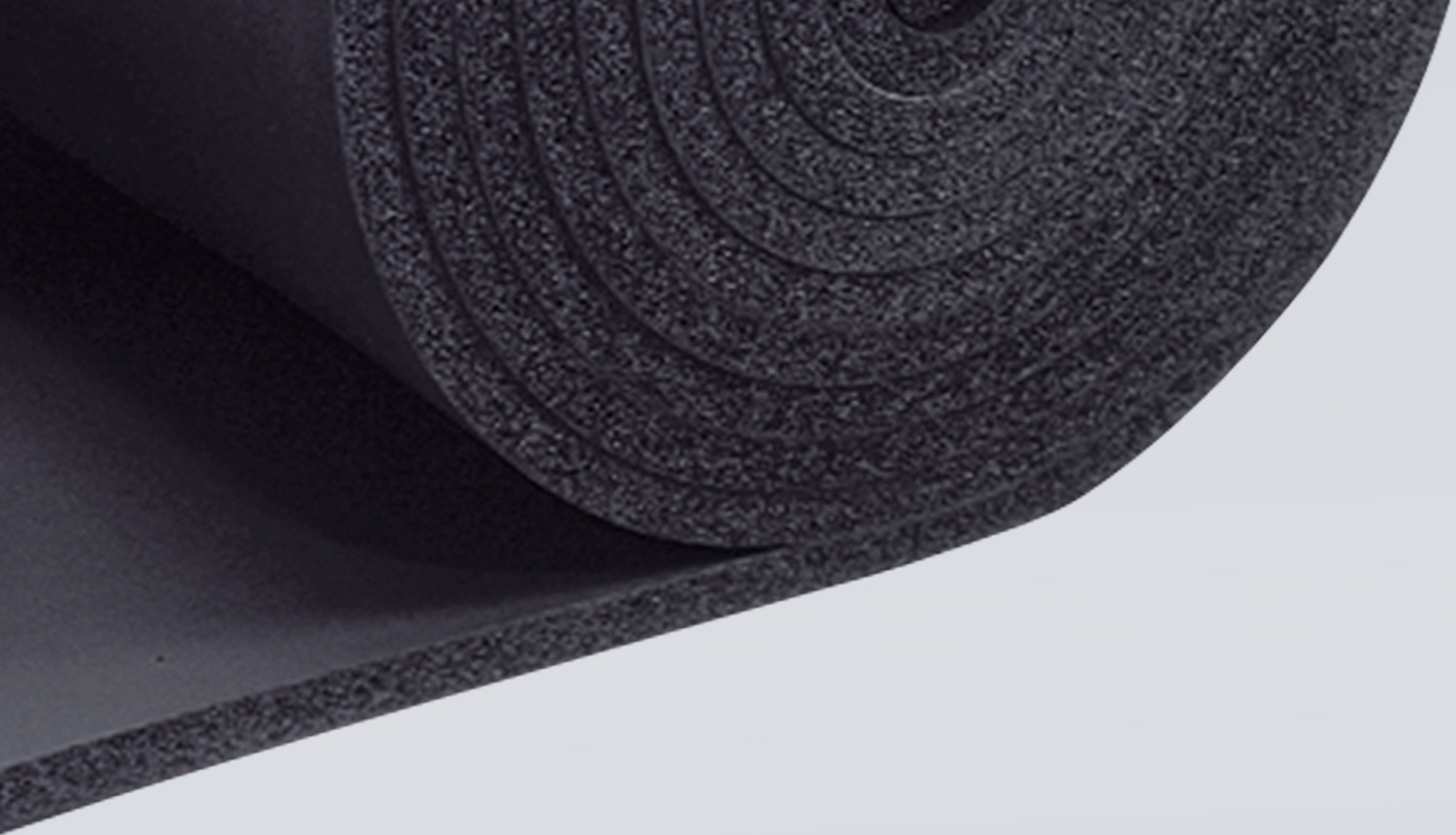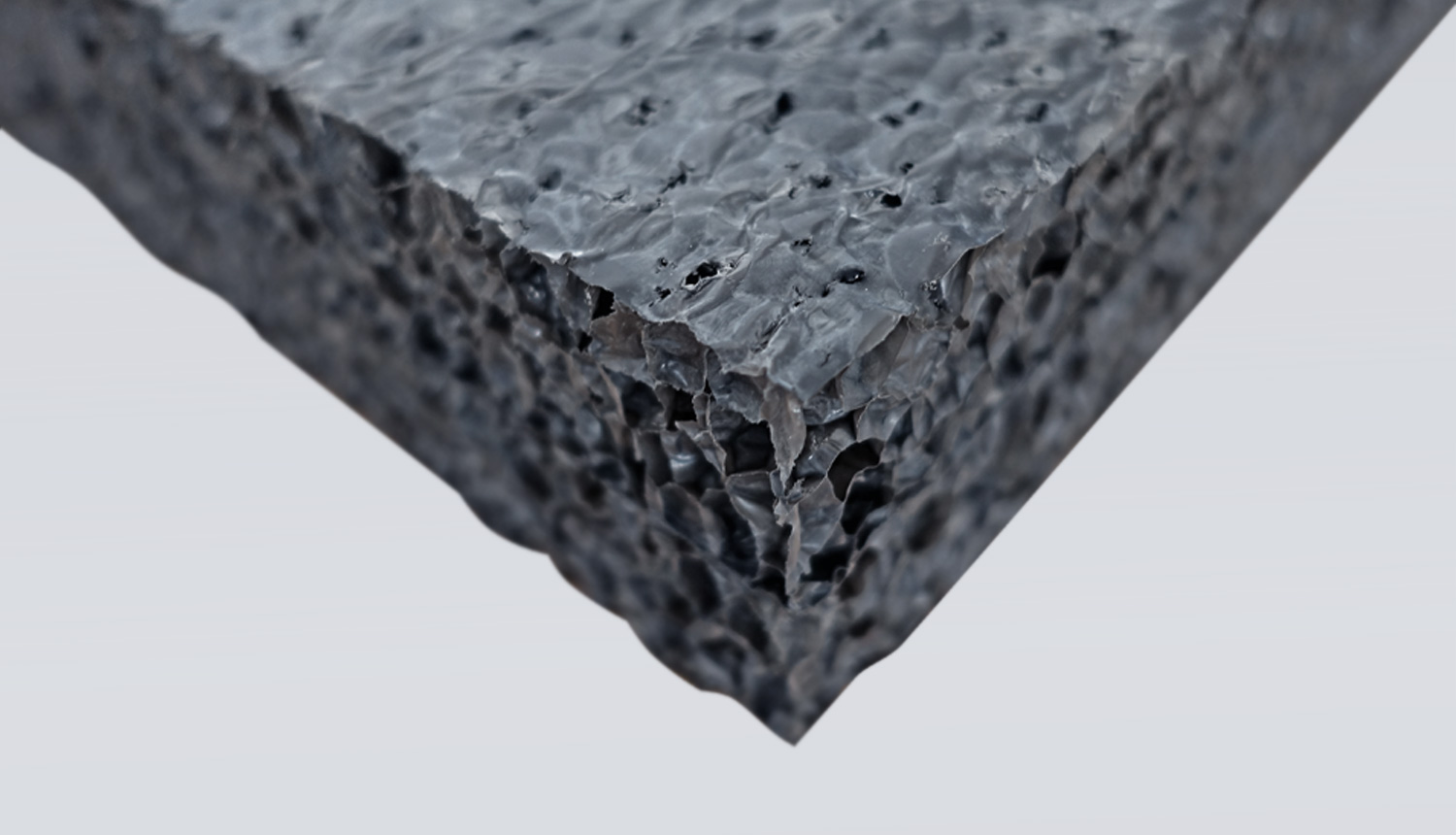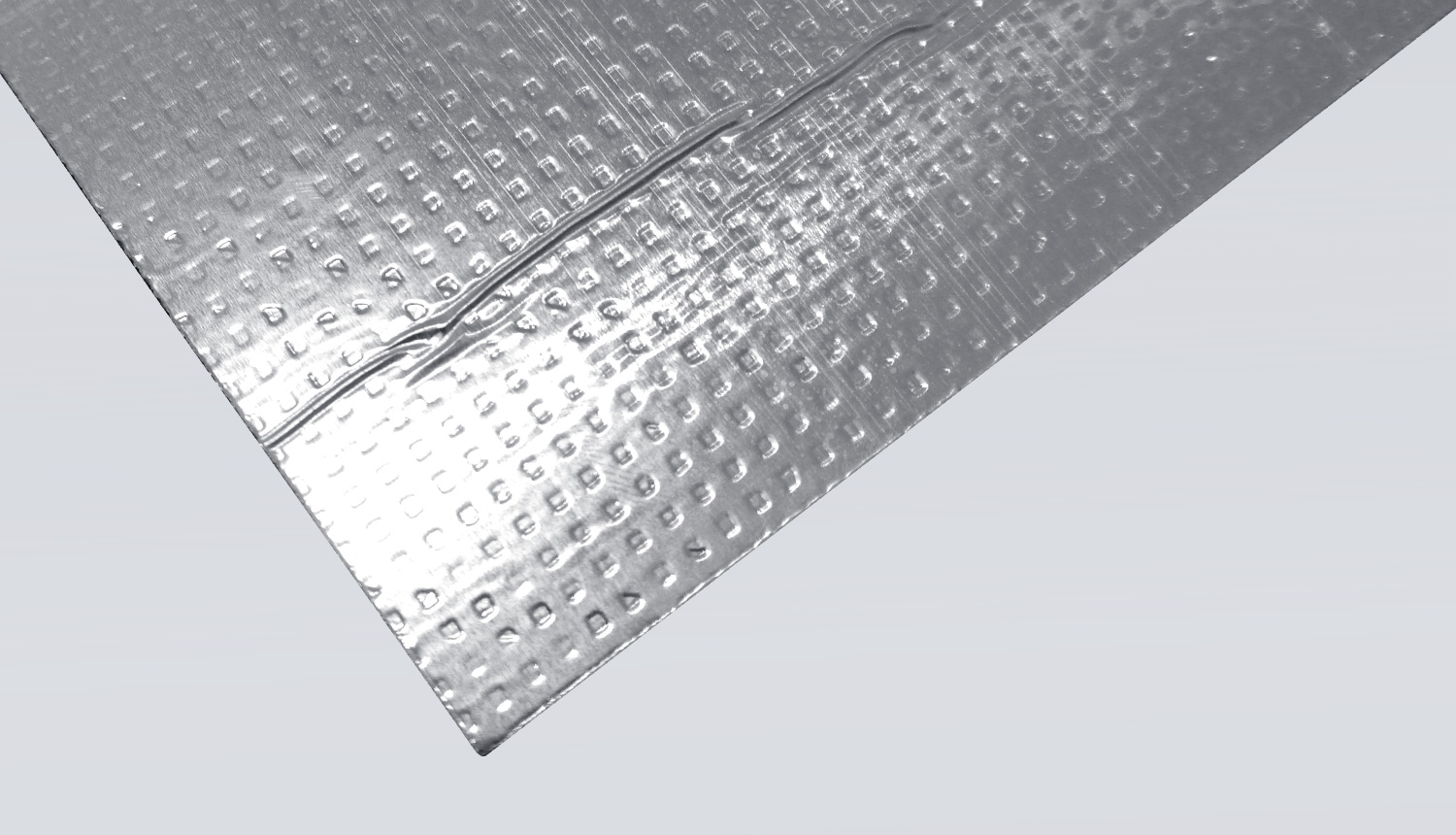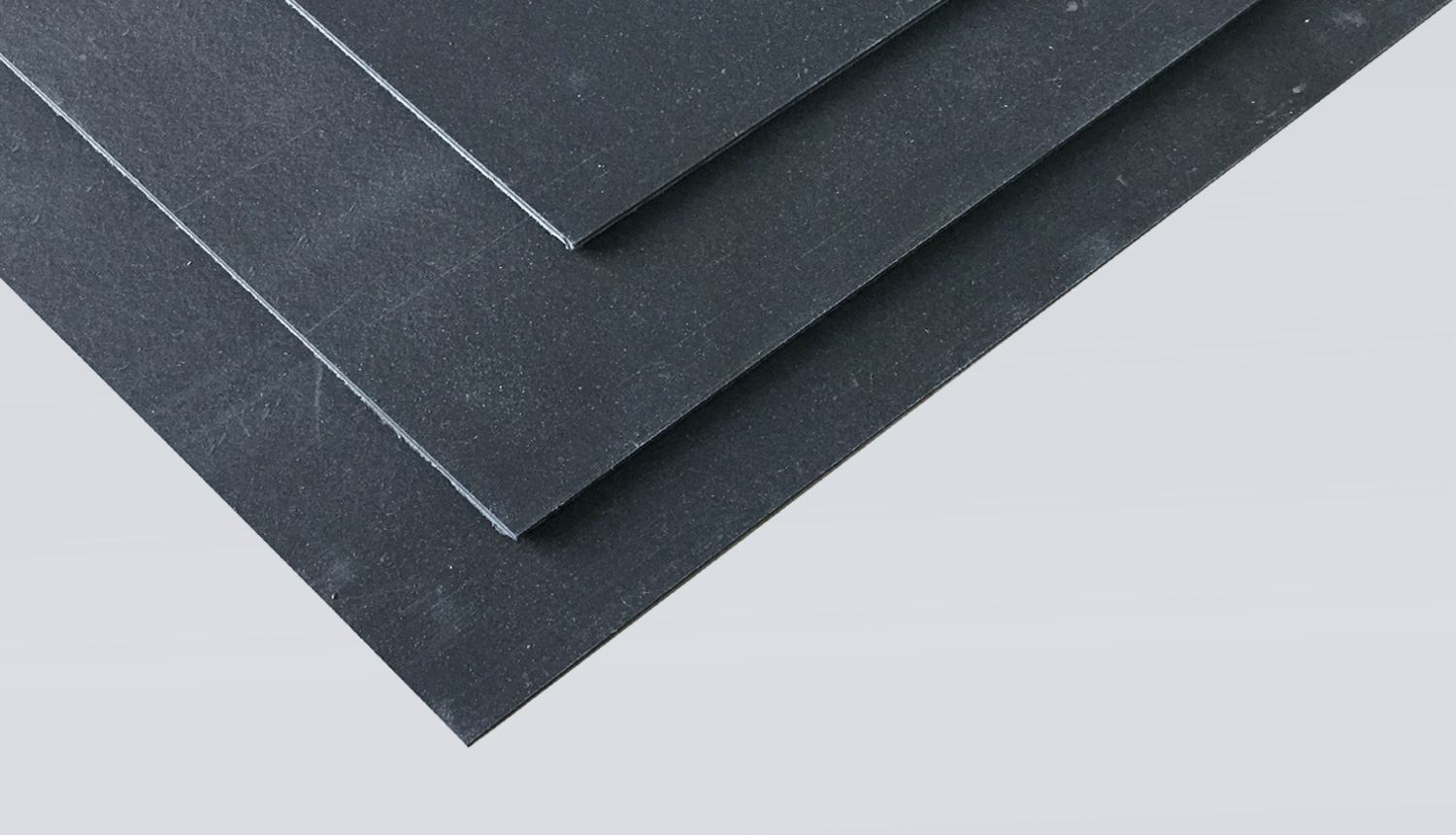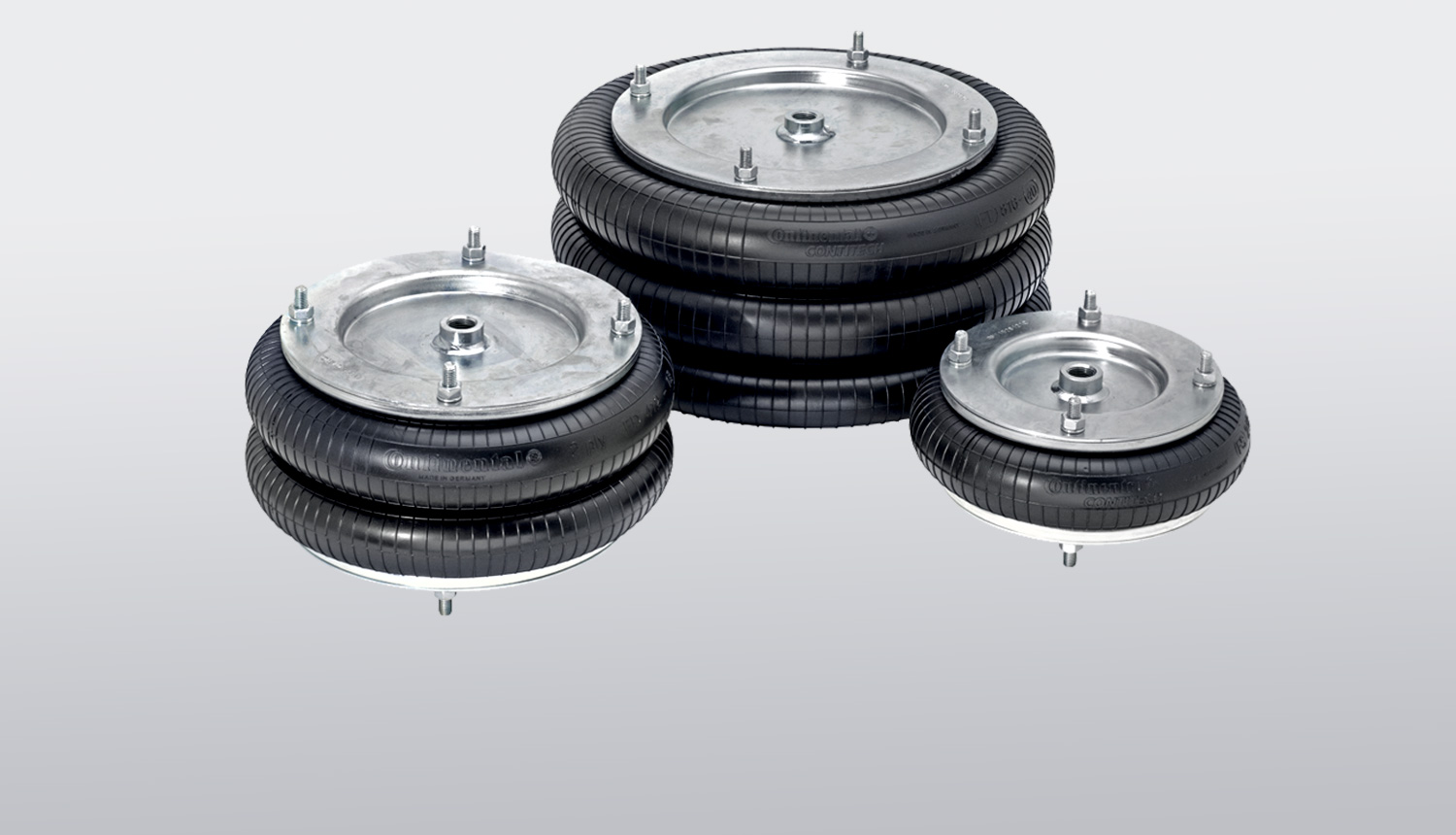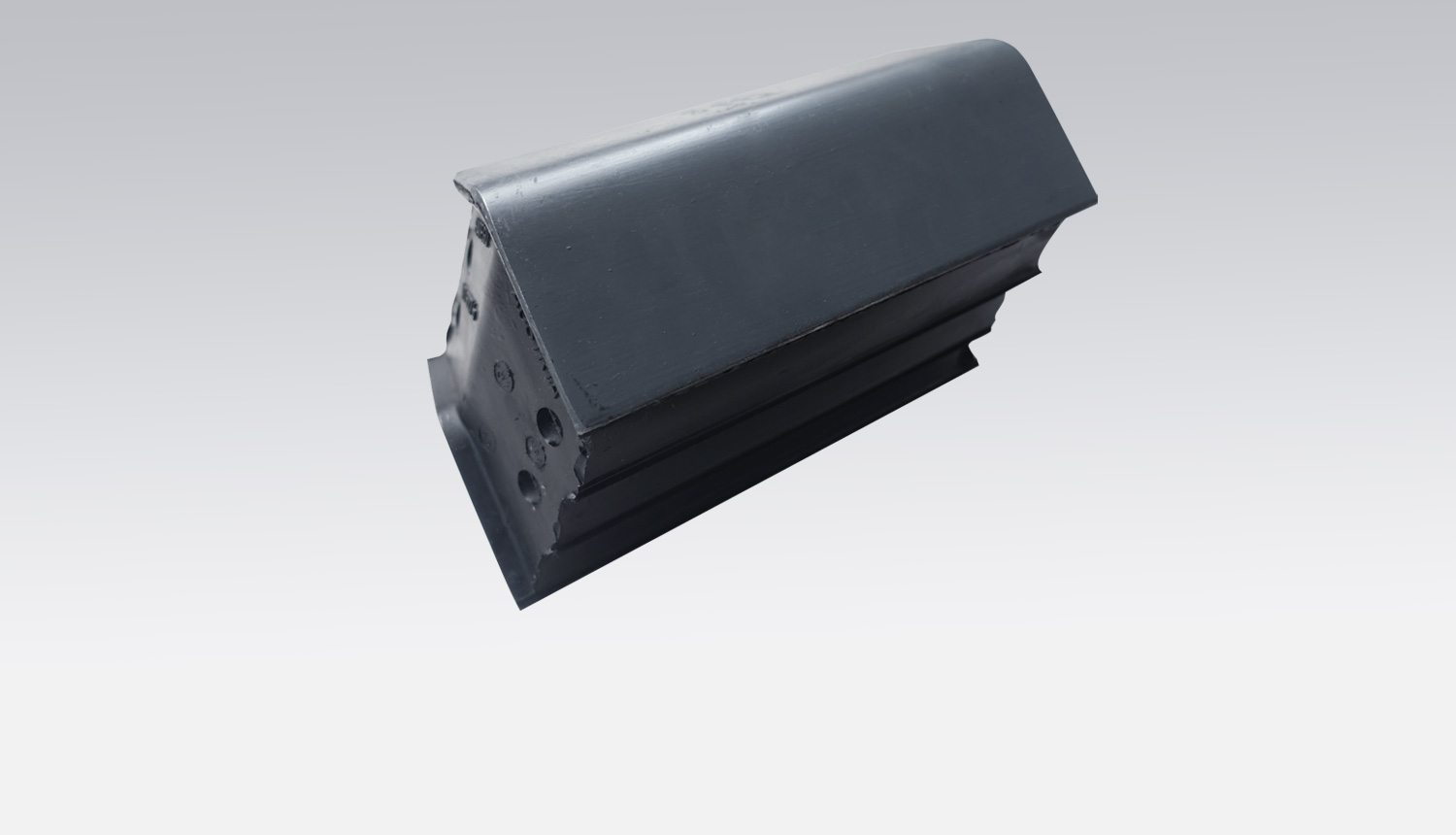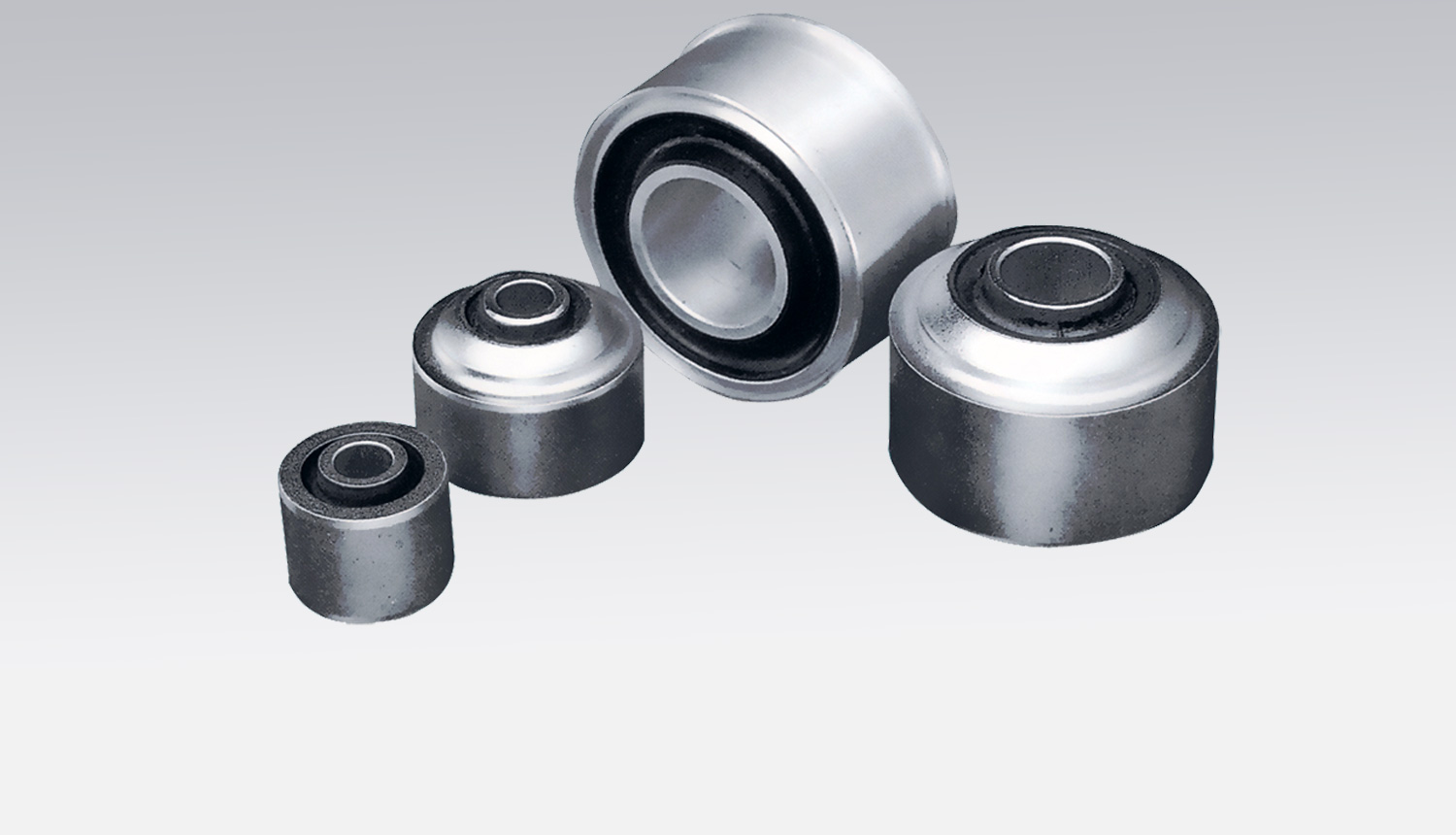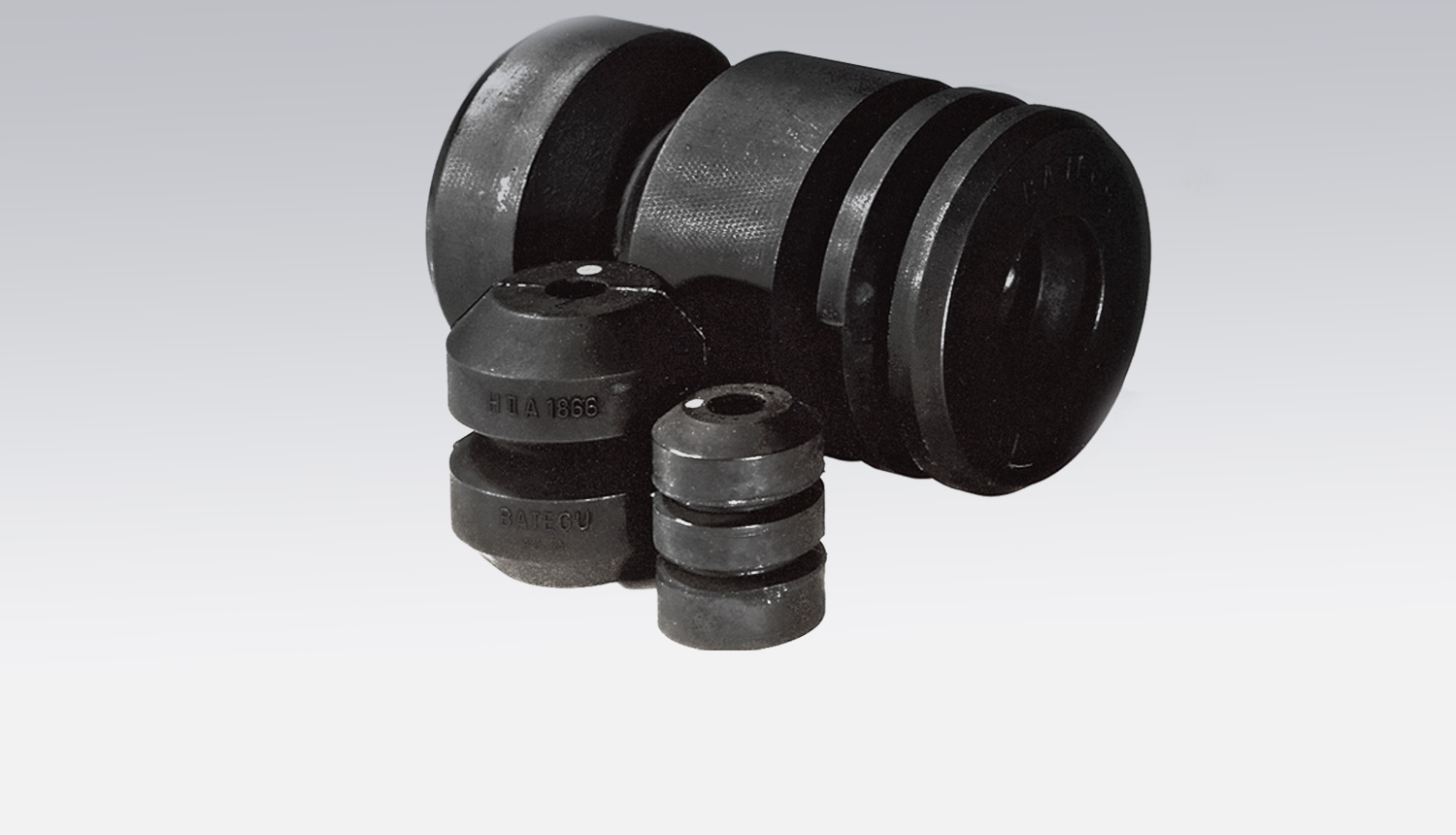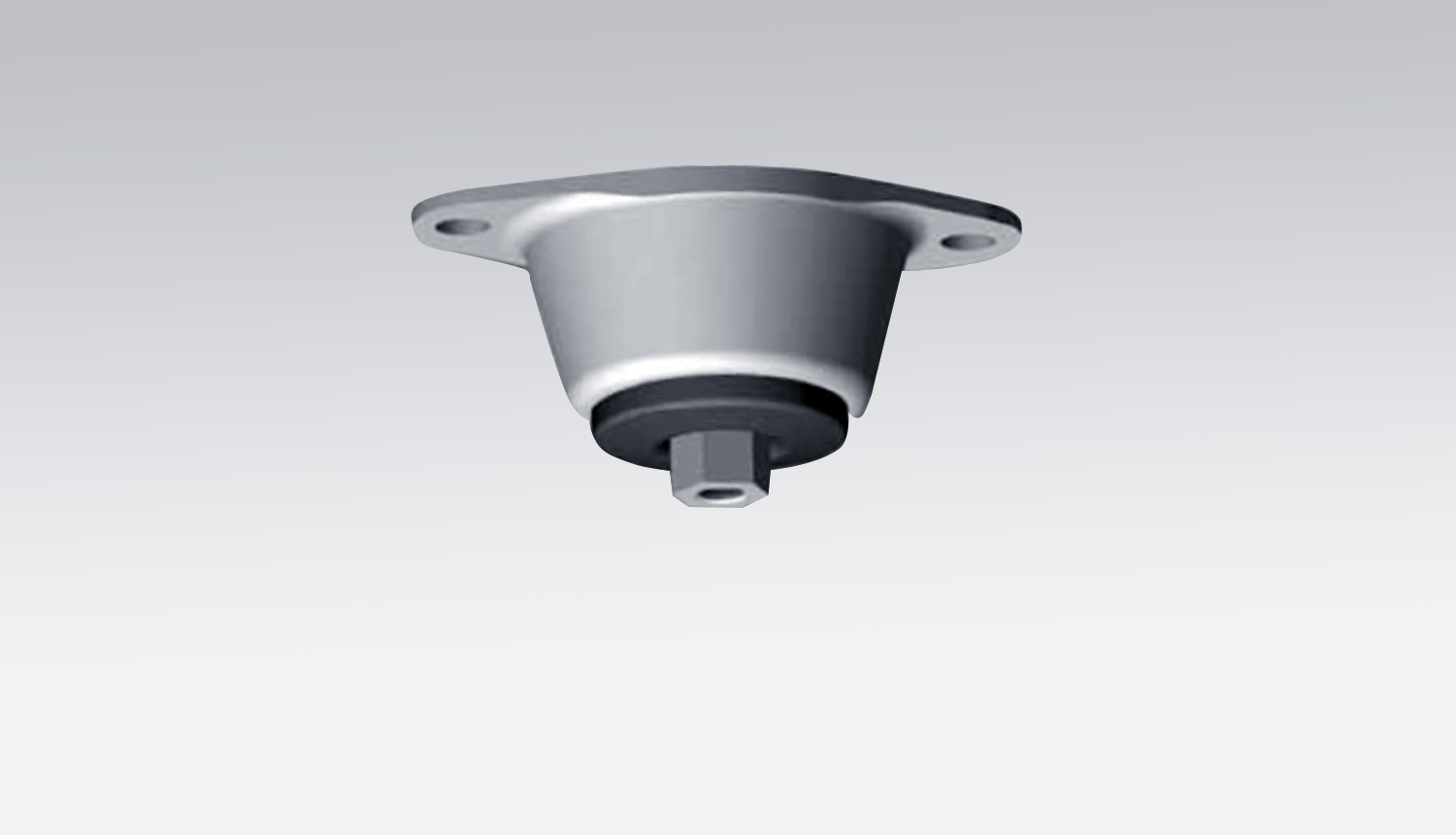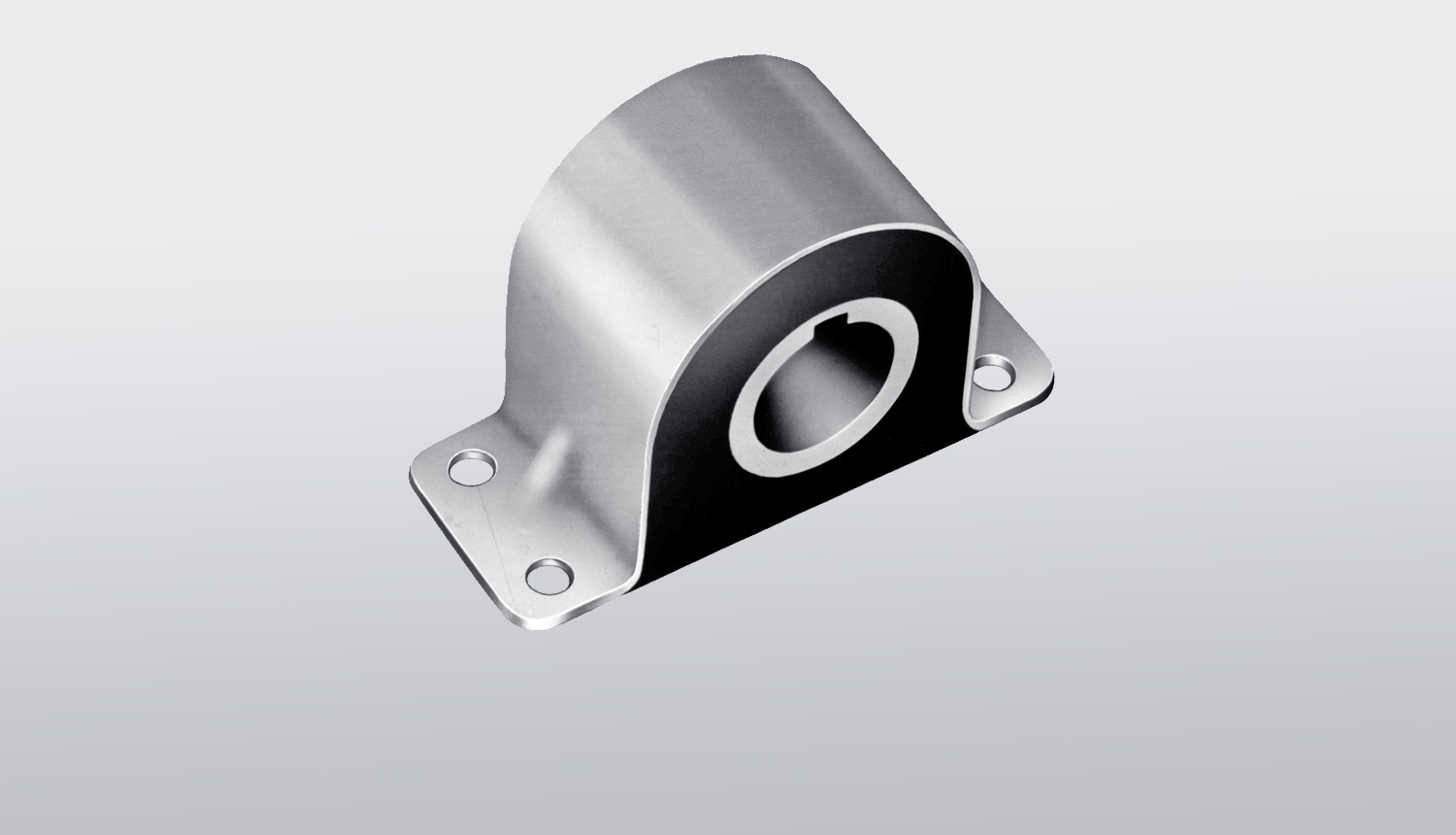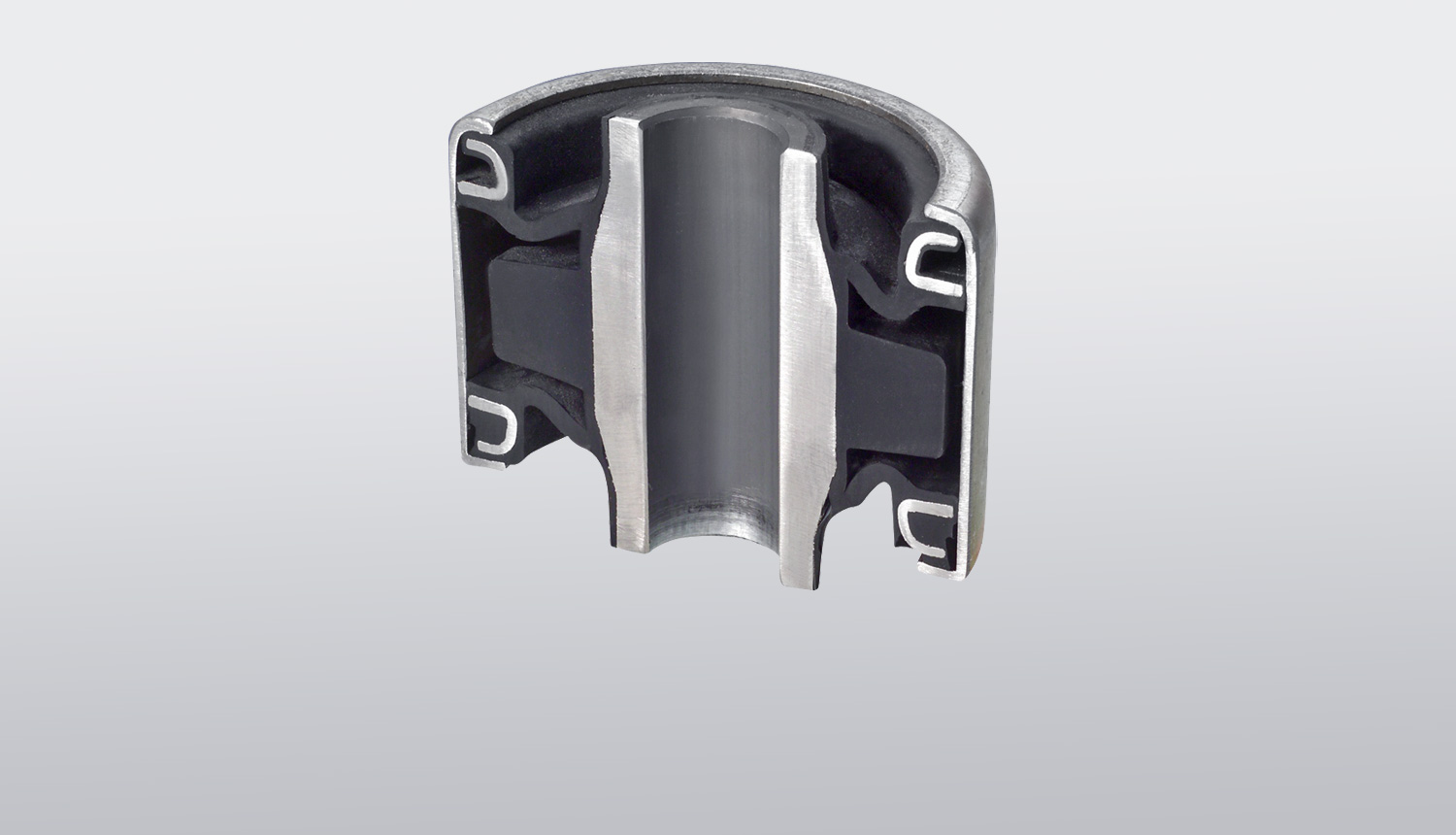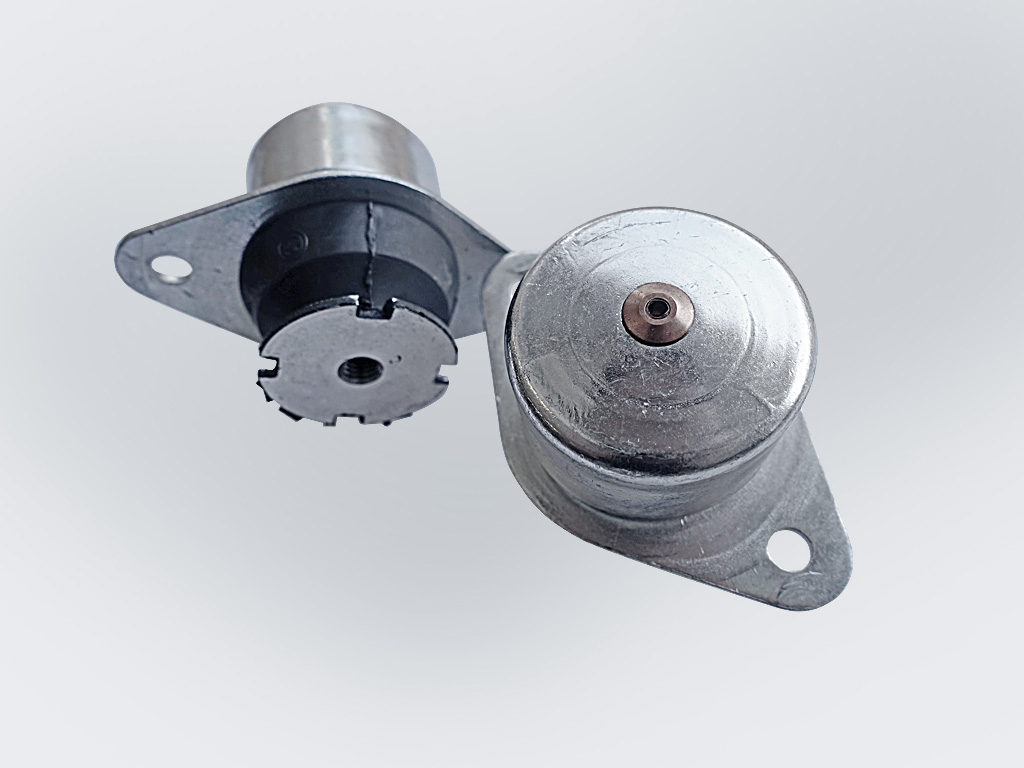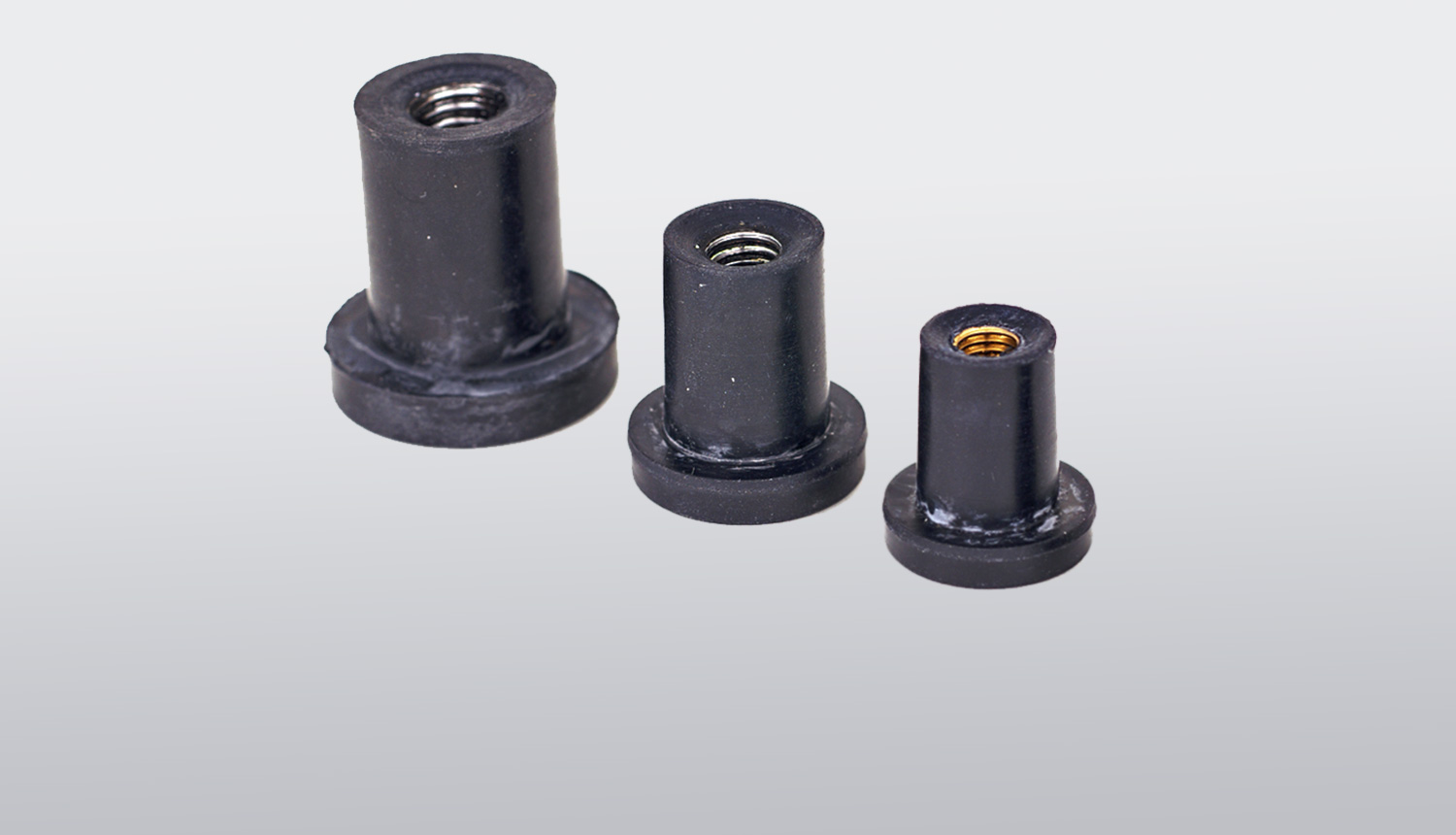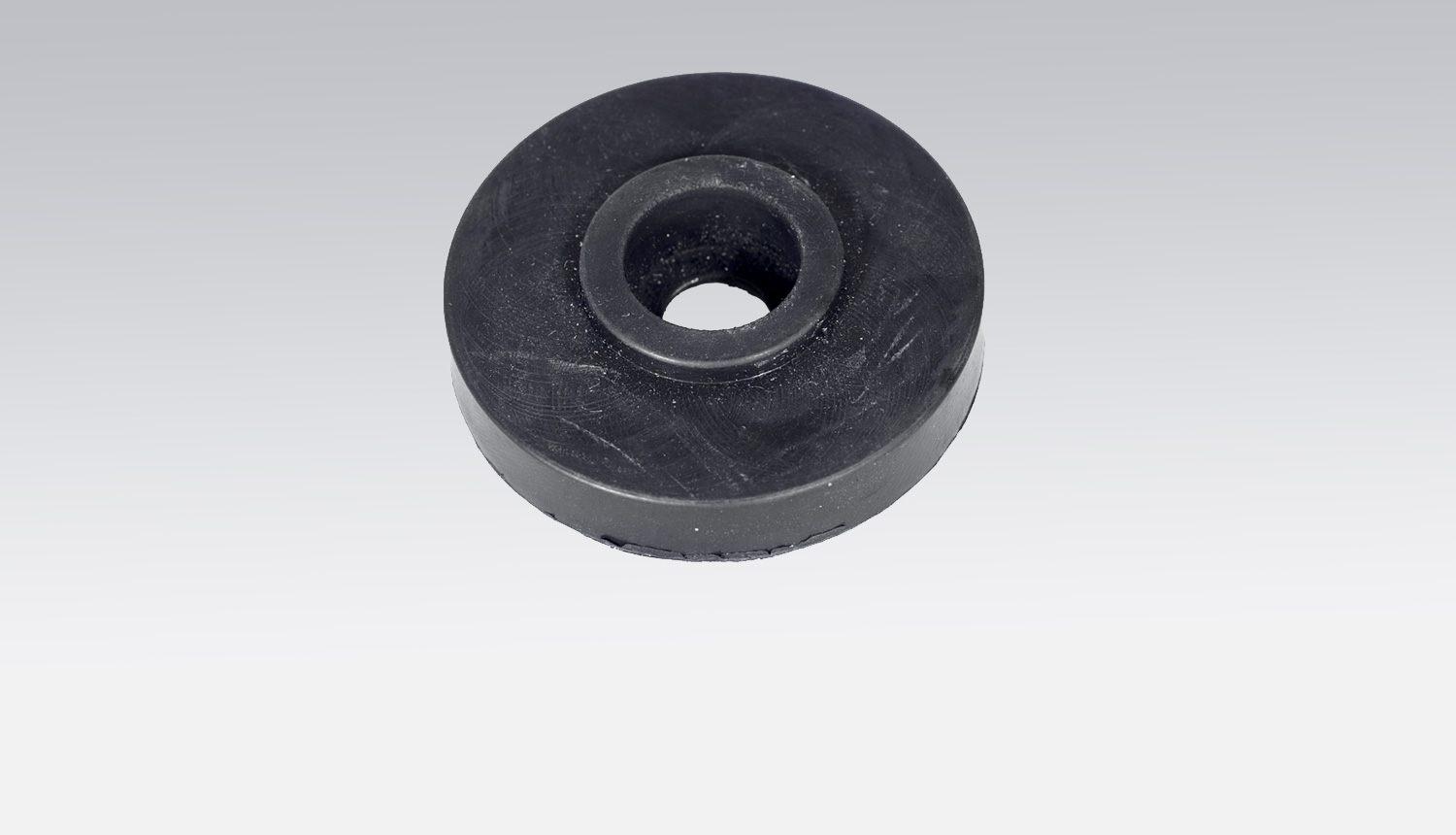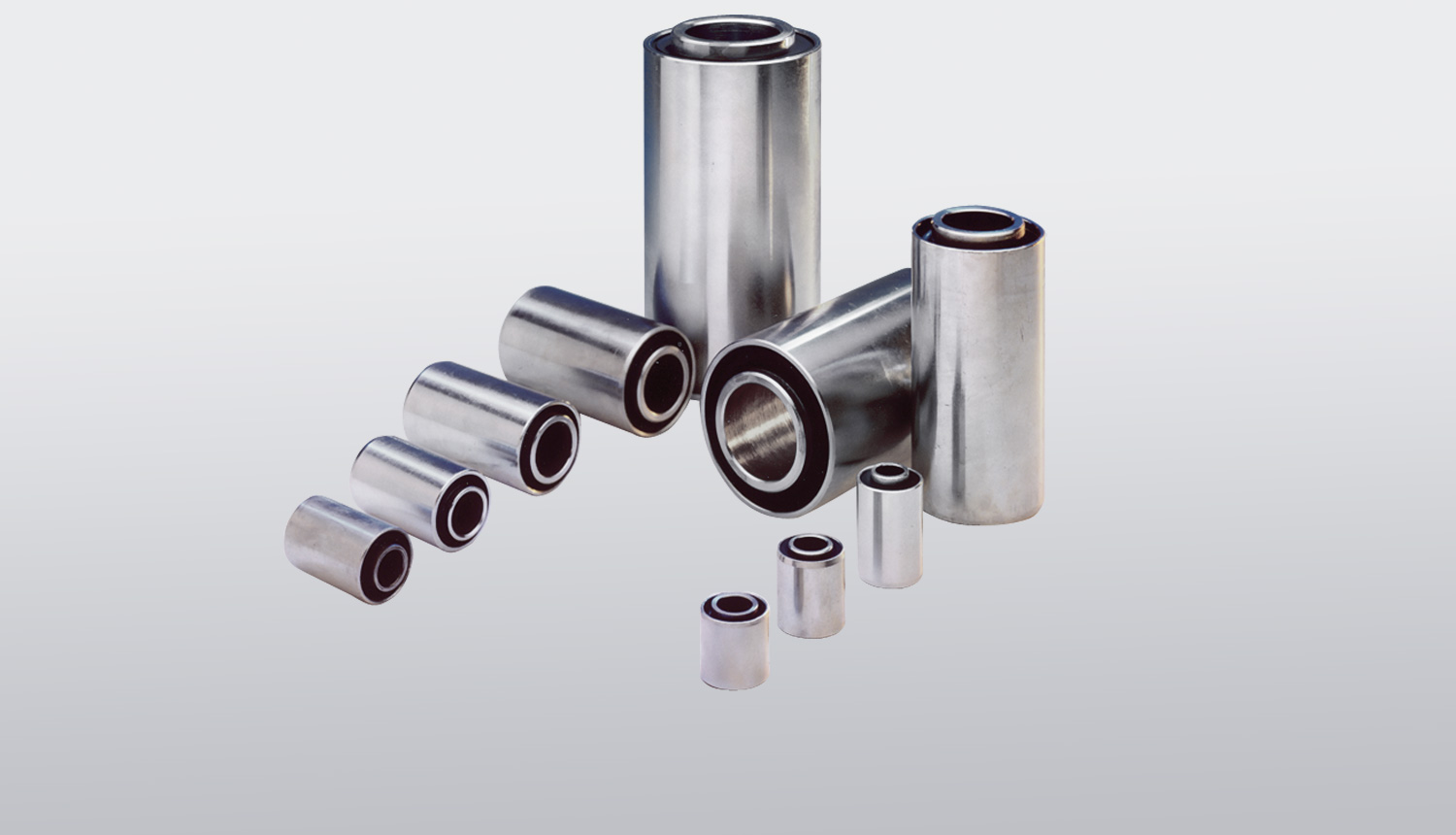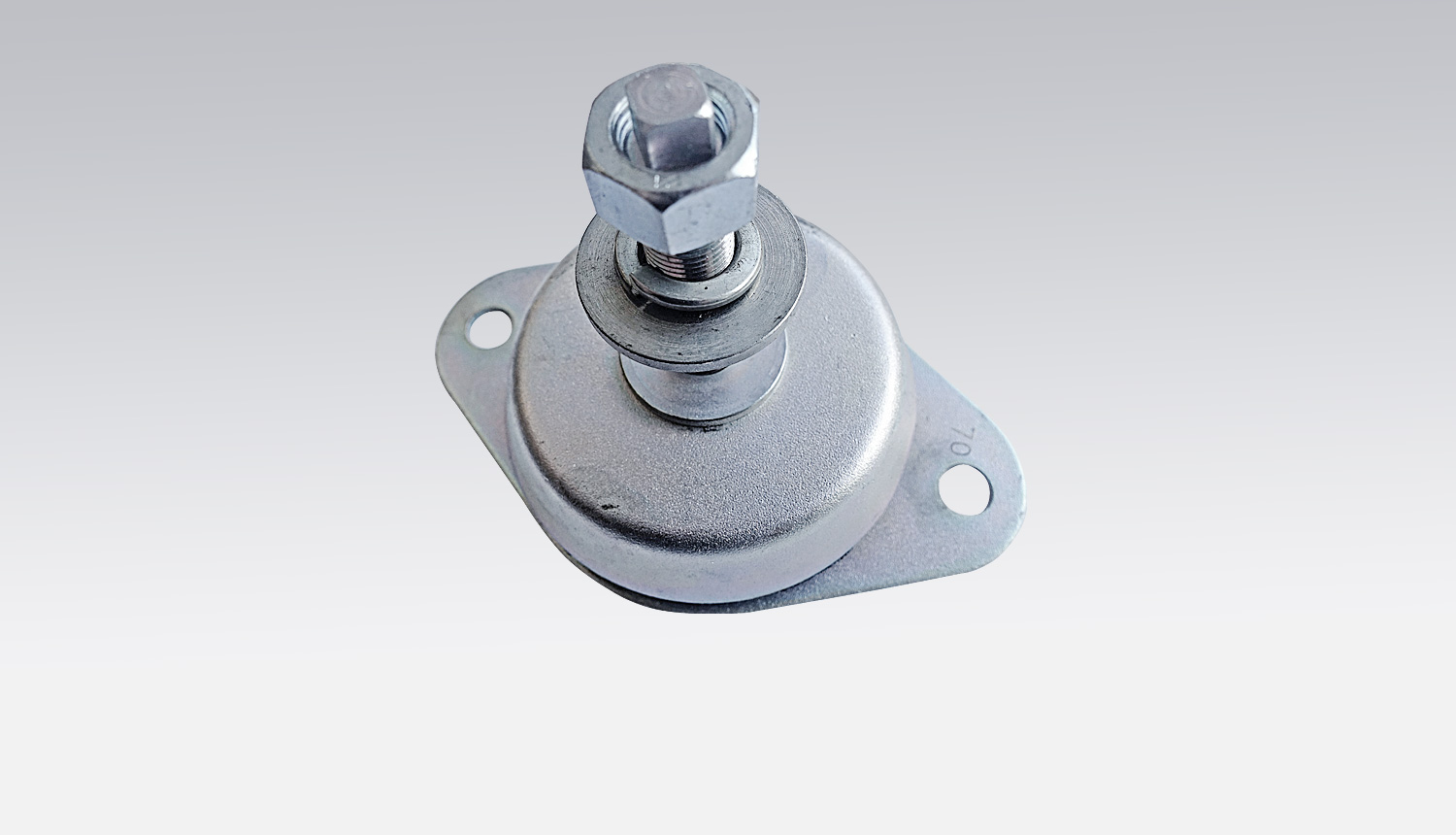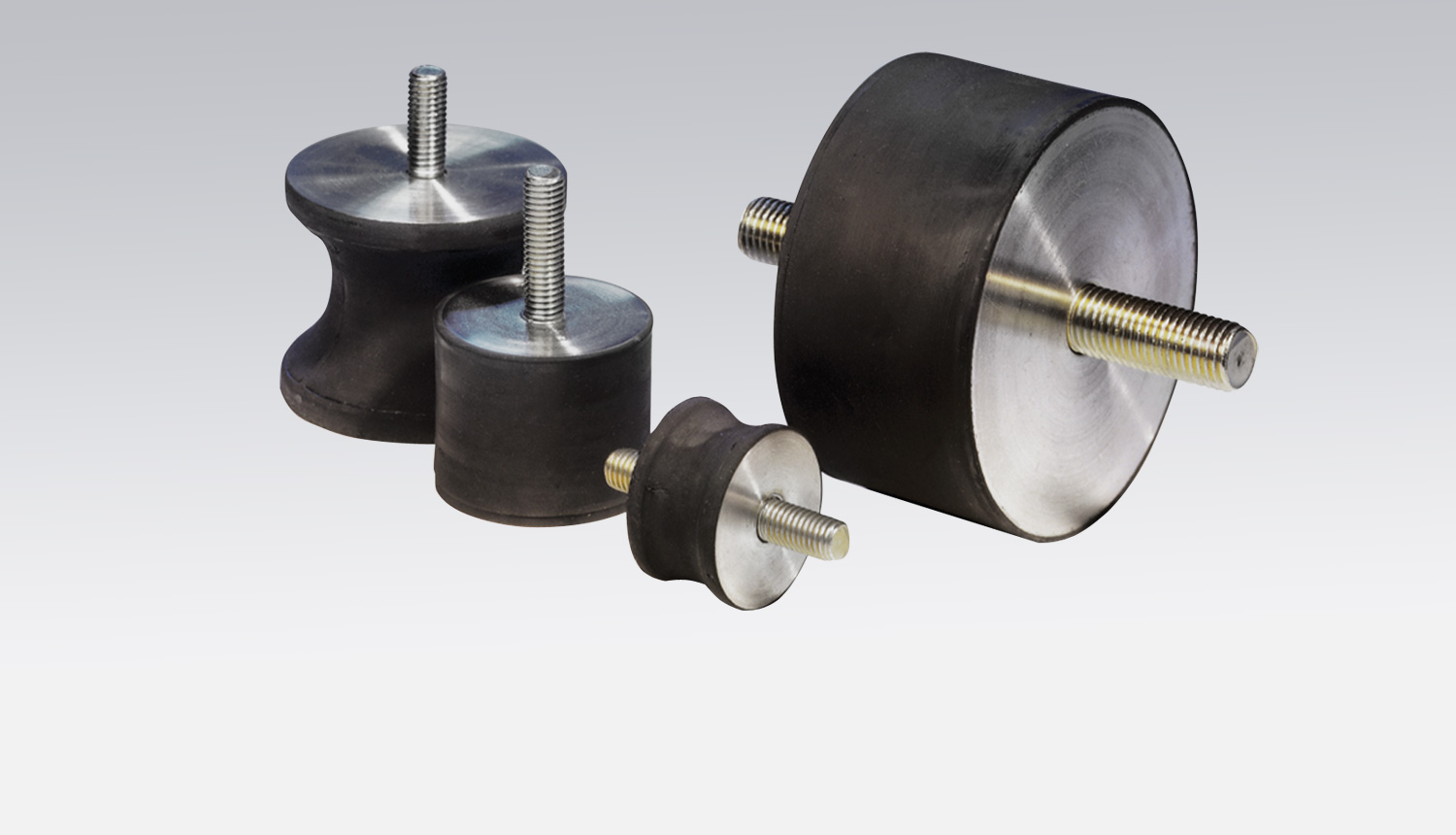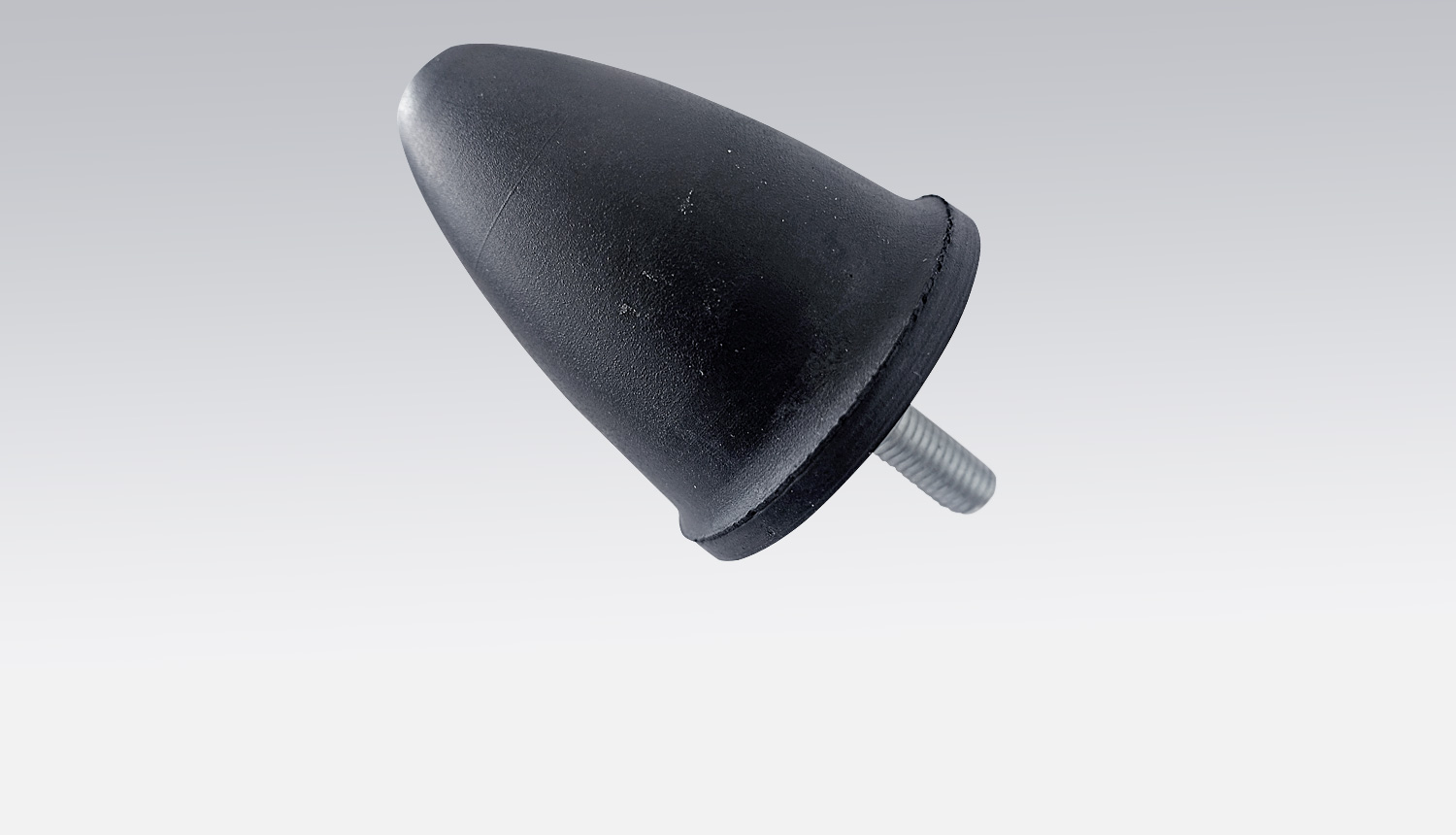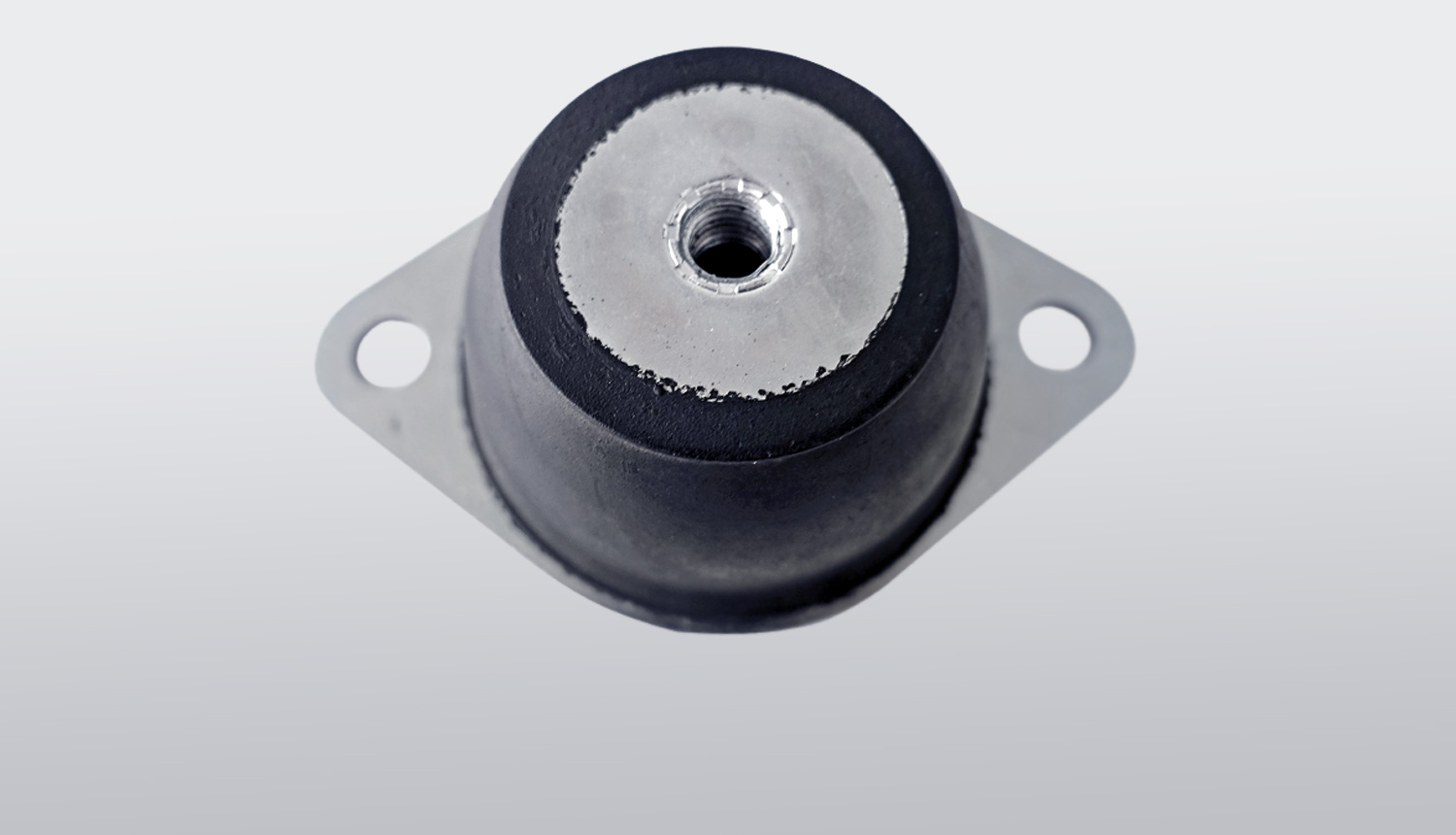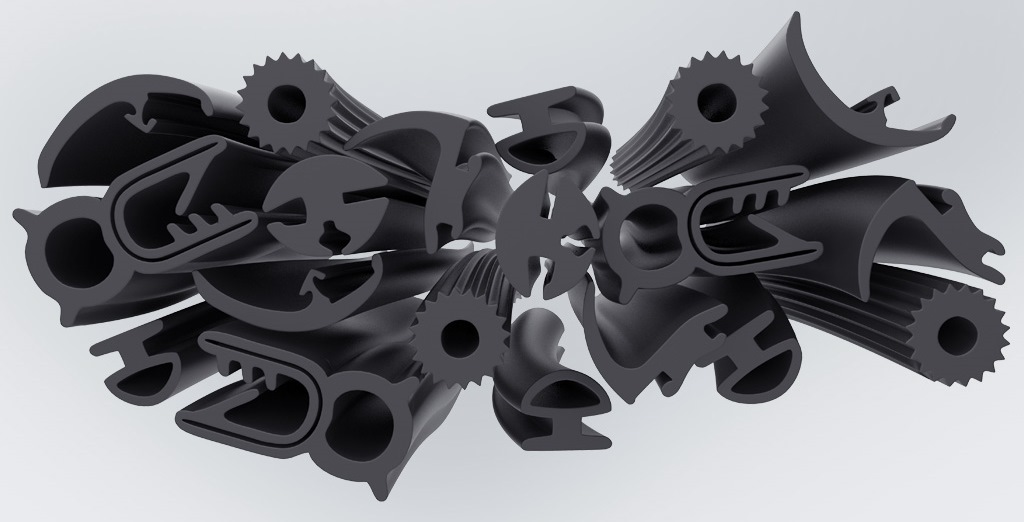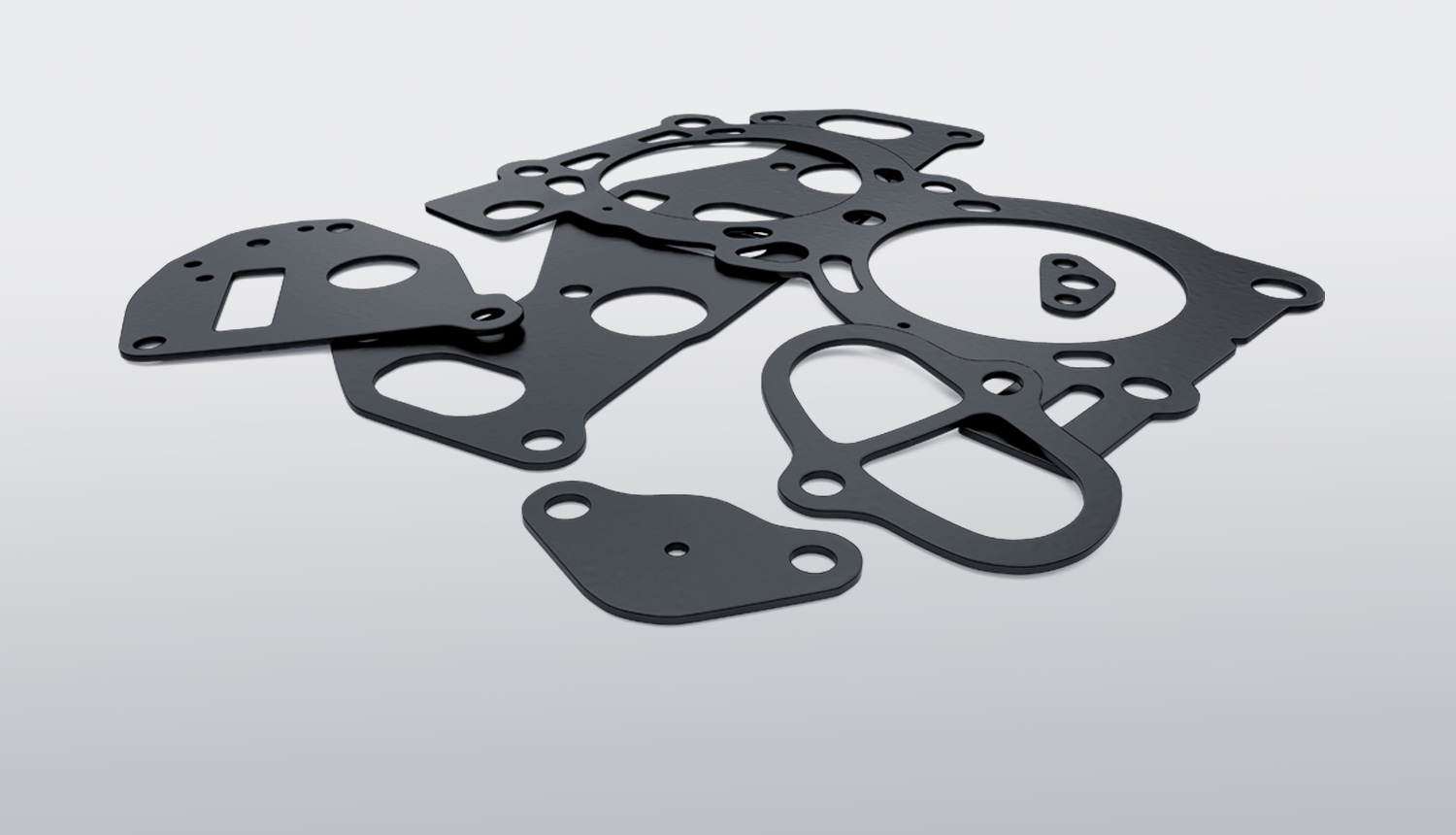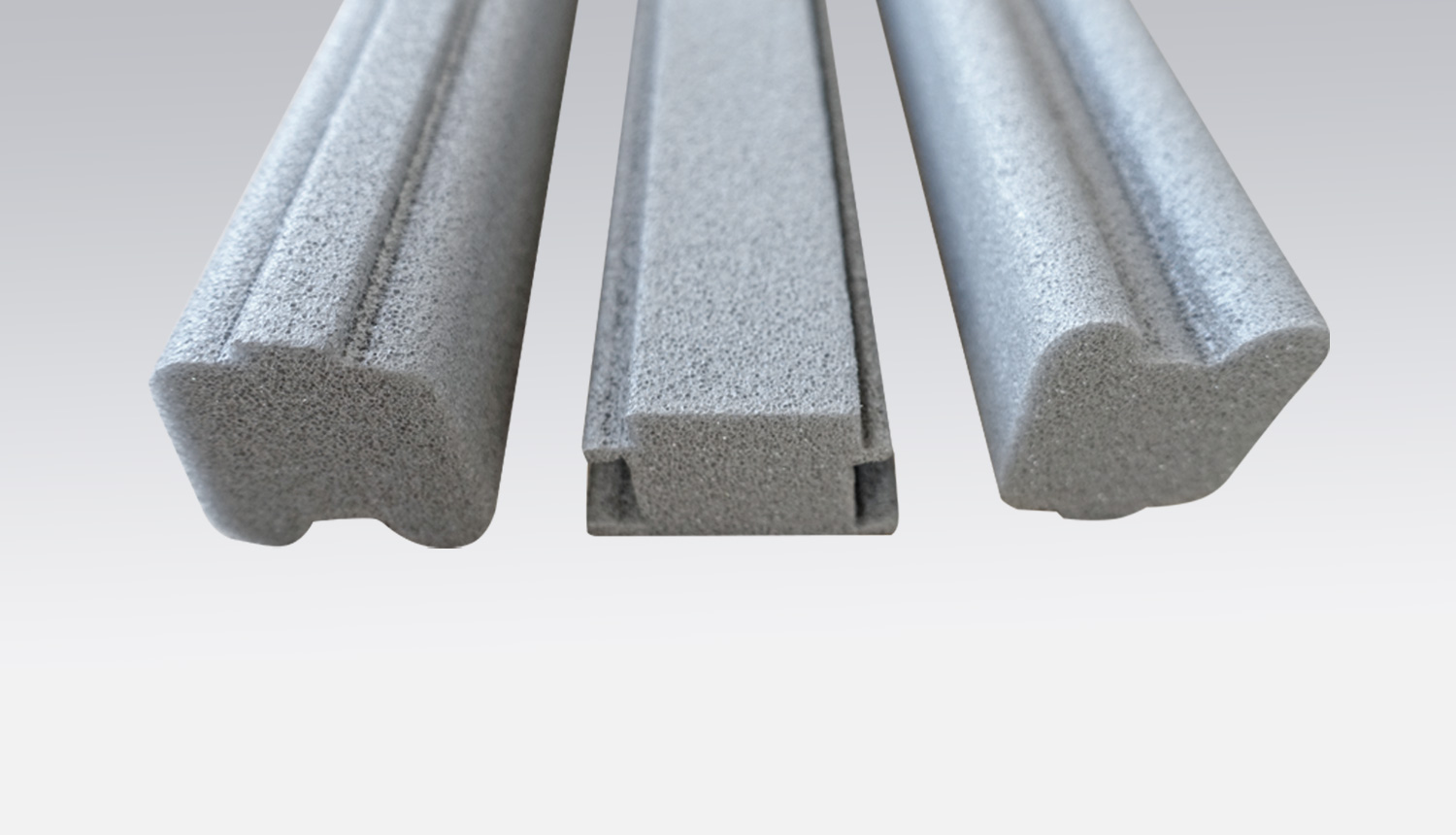Train
Rail vehicles
Train
Insulation tension-roof area
Noise protection in the vehicle roof area.
Insulation tension side wall area
Noise protection in the vehicle side wall area
Insulation train-floor area
Noise protection in the vehicle floor area.
Rubber-metal and spring elements
Vibration insulation components for rail vehicles.
Rubber - Profiles Seals Moulded parts
Individual rubber products and profiles with fire protection standard.
Plastic injection moulded parts
Plastic injection moulded parts for rail vehicle manufacturers.
Frequently asked questions (FAQ)
EN 45545 is a material testing standard that has been defining the fire protection requirements of all materials used in rail vehicles uniformly throughout Europe since April 2016.
With the introduction of EN 45545 there will be a transition period during which the previous national standards for fire protection in rail vehicles (e.g. DIN 5510, NF F-16101) will remain valid in parallel.
EN 45545-2 is a very strict fire safety standard and tests that will represent the state of the art in large parts of the world.
EN 45545-2 describes the product requirements in different hazard levels (HL = Hazard Level); the latter are used for the classification of fire safety requirements for materials and components.
The DIN 5510-2 standard defines fire protection in rail vehicles. For the classification of the burning behaviour and the secondary fire phenomena (smoke formation, dripping behaviour) of materials and components, flammability, smoke development and dripability classes are formed and toxicity indices in the form of permissible exposure periods were determined. These classes (e.g. S4,SR2,ST2) are used to determine the flammability and fire hazard requirements for the products listed in components and materials incorporated in vehicles.
This depends on the cross-section, the type of material and various other factors. As a rule of thumb, however, one can assume that rubber is approx. 25 running metres.
This in turn depends on many different factors. For rubber profiles, the prices usually range from CHF 500.00 to 1500.00
It is best to provide as much information as possible! For example, as there are: Material, drawings, samples, sketches of the problem to be solved, required quantity, requirements regarding chemical resistance, temperature range, colour, fire protection regulations, approvals (e.g. food), etc.
We can also supply glued, welded or vulcanised rings and frames, sections to fixed lengths, etc. Even self-adhesive finished profiles are no problem.
Strips of cellular rubber or rubber, flat seals, milled profiles, moulded parts, etc. are often a sensible alternative.
Rubber profiles, especially in contrast to metals, have relatively large permissible dimensional tolerances (ISO 3302-1 E2 or E3 for cellular rubber). The wall thickness is best kept to a minimum of about 0.8 - 1.0 mm. For some rubber qualities, 0.5 mm is also possible, but not thinner. Extruded profiles never have sharp edges, i.e. there is always a certain radius and precise, especially right angles, do not exist. A constructive solution must be found here. For example with a certain suit.

